See also Elements (What we are made of) for additional information.
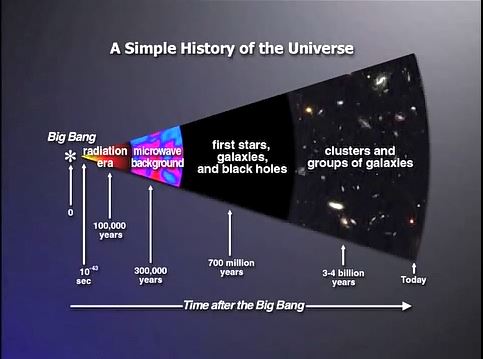
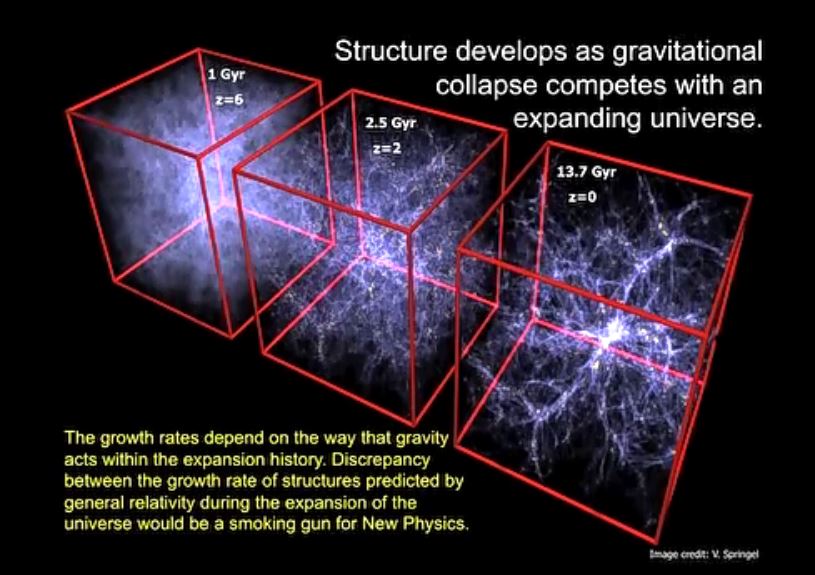

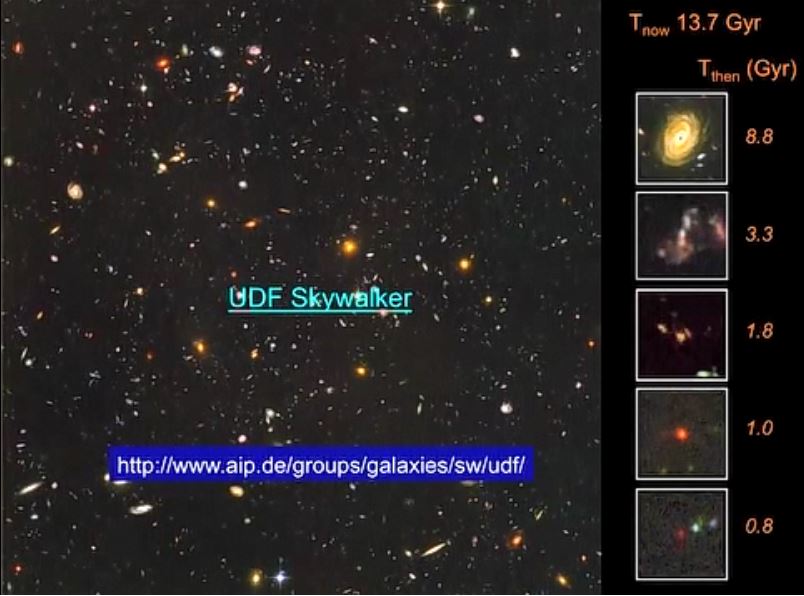




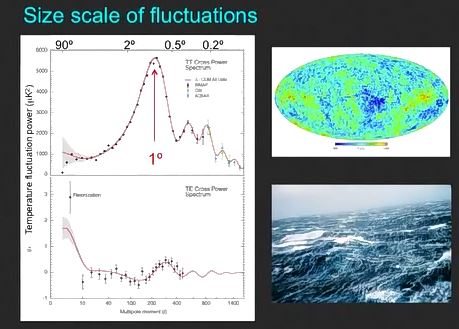
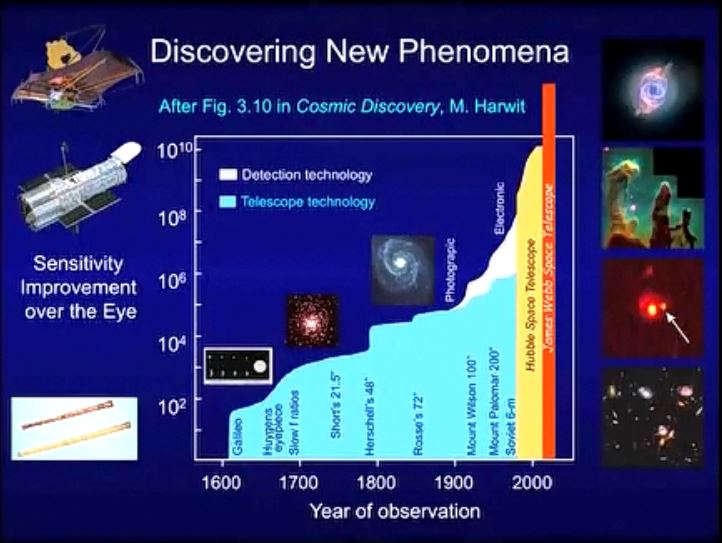
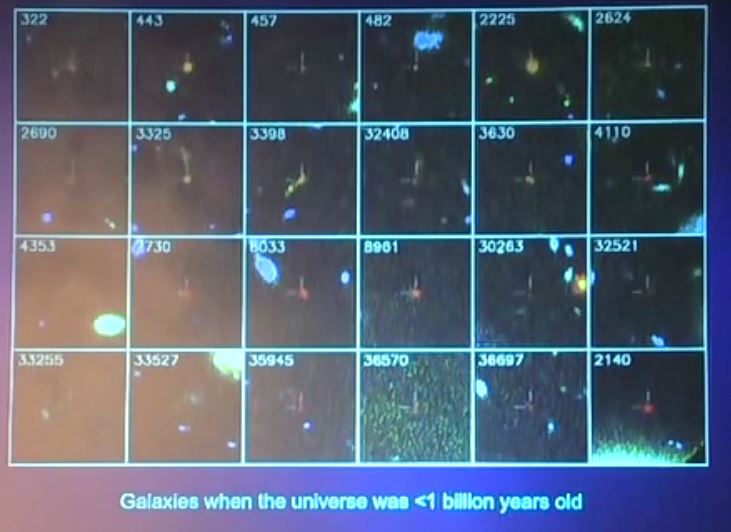
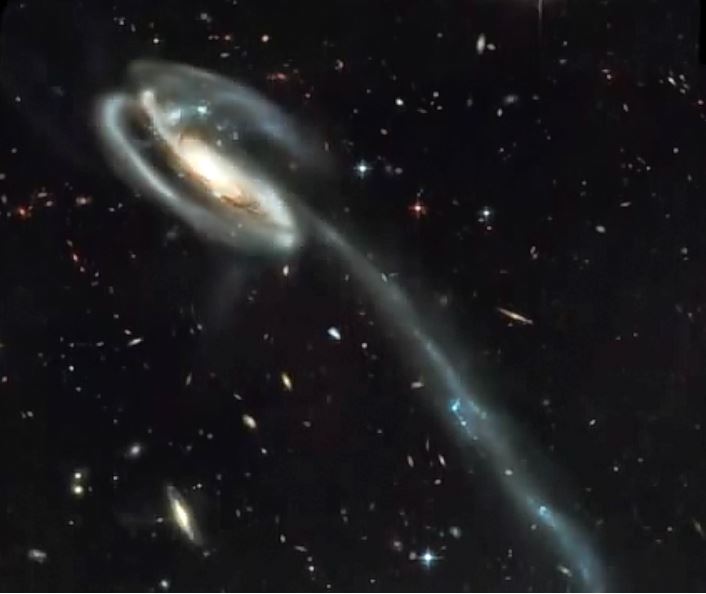
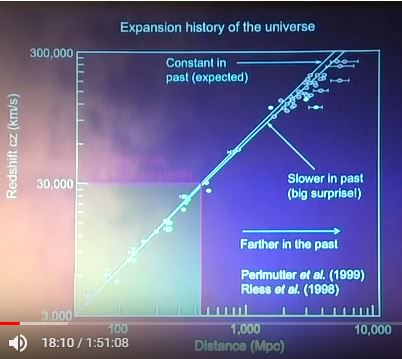
Lunar Crater Radio Telescope (LCRT) on the Far-Side of the Moon

Notional view of LCRT on the far-side of the Moon.Credits: Saptarshi Bandyopadhyay

Concept of operations for building LCRT.Credits: Saptarshi Bandyopadhyay
Saptarshi Bandyopadhyay
NASA Jet Propulsion Laboratory
An ultra-long-wavelength radio telescope on the far-side of the Moon has tremendous advantages compared to Earth-based and Earth-orbiting telescopes, including: (i) Such a telescope can observe the universe at wavelengths greater than 10m (i.e., frequencies below 30MHz), which are reflected by the Earth’s ionosphere and are hitherto largely unexplored by humans, and (ii) the Moon acts as a physical shield that isolates the lunar-surface telescope from radio interferences/noises from Earth-based sources, ionosphere, Earth-orbiting satellites, and Sun’s radio-noise during the lunar night. We propose to deploy a 1km-diameter wire-mesh using wallclimbing DuAxel robots in a 3-5km-diameter lunar crater on the far-side, with suitable depth-to-diameter ratio, to form a sphericalcap reflector. This Lunar Crater Radio Telescope (LCRT), with 1km diameter, will be the largest filled-aperture radio telescope in the Solar System! LCRT could enable tremendous scientific discoveries in the field of cosmology by observing the early universe in the 10– 50m wavelength band (i.e., 6–30MHz frequency band), which has not been explored by humans till-date.
Liquid Telescope on the moon
Although it happened over 13 billion years ago, astronomers still want to see the Big Bang.
Now, they’re proposing we put a huge telescope on the moon to study the first stars in the universe: “The telescope would be able to observe the first stars that formed after the Big Bang, out of material made in the Big Bang,” University of Texas astronomer Anna Schauer told USA TODAY.
No telescope today can peer back that far in time, not even NASA’s much-delayed and soon-to-be-launched James Webb Space Telescope, she said.
The proposed lunar telescope, which Schauer has nicknamed the “Ultimately Large Telescope,” would have a liquid mirror more than 300 feet in diameter.
Rather than glass, the telescope’s mirror would be made of liquid, as it’s lighter, and cheaper, to transport to the moon. The telescope’s mirror would be a spinning vat of liquid, topped by a metallic – and thus reflective – liquid.
More:Water discovered on sunlit part of the moon for the first time, NASA says
The telescope would be located inside a crater at the moon’s north or south pole.
The moon would be an ideal location for the telescope, Schauer said: “In order to observe stars that far away and that early in the universe, we need to get out of the Earth’s atmosphere, because it is blocking the light in the wavelengths we would need to see.
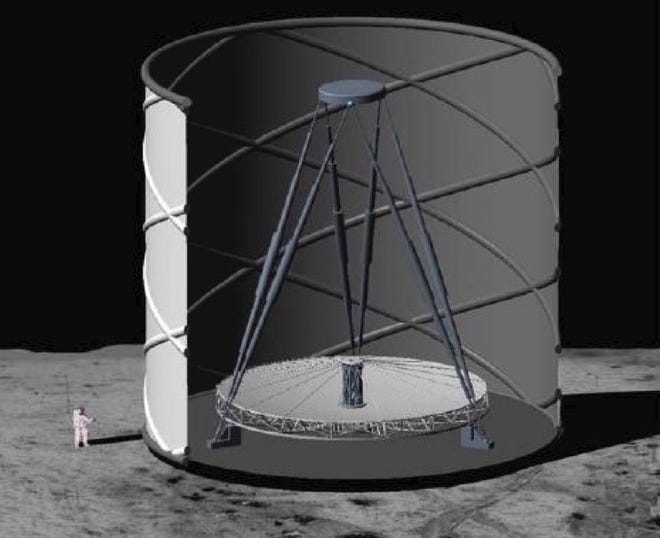
“We can achieve this by building a telescope on the moon,” she said.
The idea for a telescope on the moon has been floated before, in 2008 by a team led by Roger Angel of the University of Arizona, but was shelved by NASA.
Such a telescope would admittedly be expensive, and the infrastructure needed to build it on the moon doesn’t yet exist and could be decades away, according to Schauer. But the payoff would be worth it, astronomers say:
“We live in a universe of stars,” University of Texas astronomer Volker Bromm said, in a statement. “The emergence of the first stars marks a crucial transition in the history of the universe, when the primordial conditions set by the Big Bang gave way to an ever-increasing cosmic complexity, eventually bringing life to planets, life, and intelligent beings like us.
“This moment of first light lies beyond the capabilities of current or near-future telescopes,” Bromm said. “It is therefore important to think about the ‘ultimate’ telescope, one that is capable of directly observing those elusive first stars at the edge of time.”
The astronomers’ telescope proposal will be published in an upcoming issue of The Astrophysical Journal.
